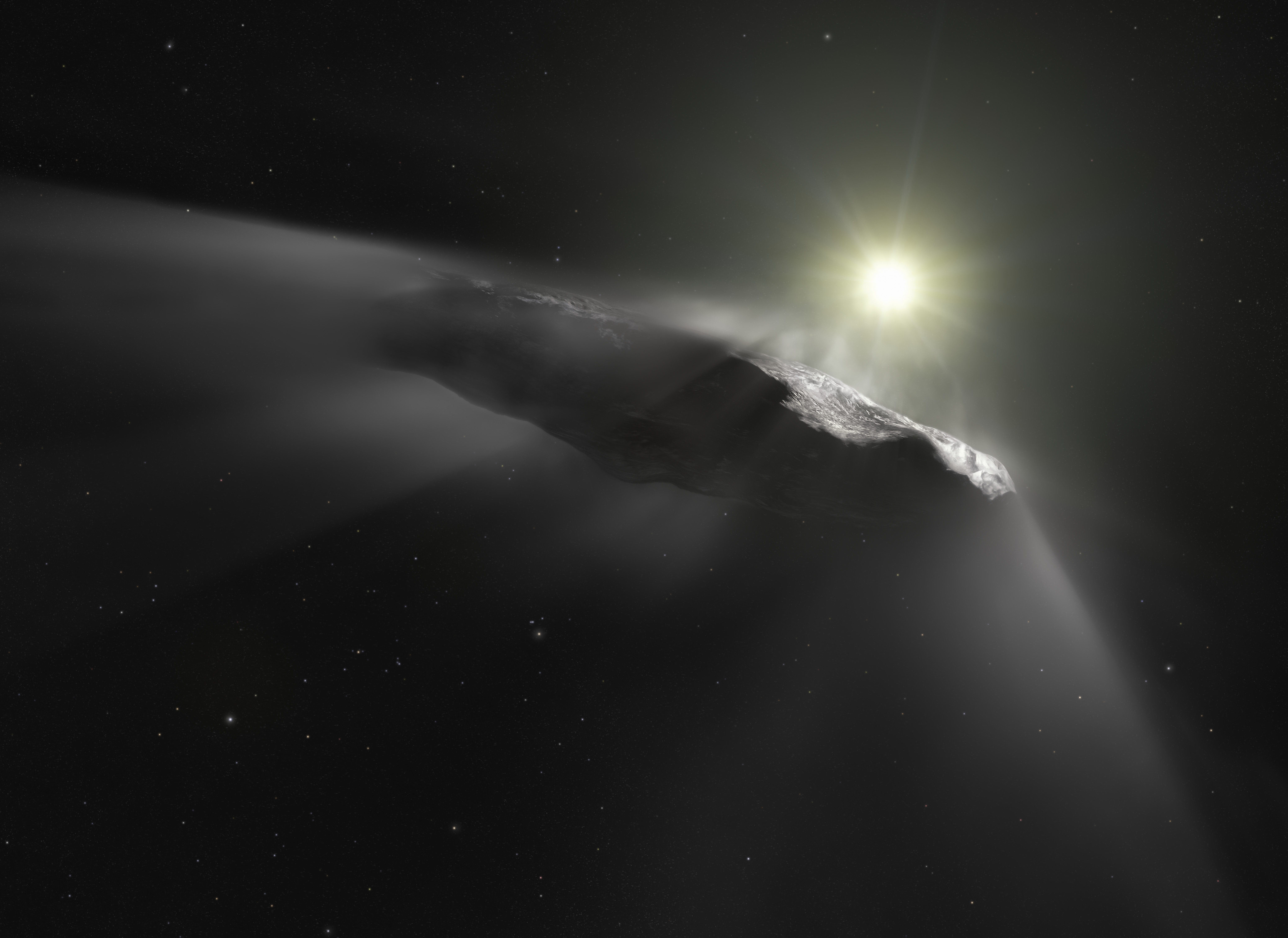The universe of interstellar objects, often known as ISOs, has enthralled both astronomers and anyone who are passionate about space. Only two known ISOs, ‘Oumuamua and 2I/Borisov, have ever been spotted in our solar system over the course of its history. Despite this, these unexplained visitors have been able to disclose perplexing information on their origins and offer helpful hints regarding the planetary systems from where they originated. Our knowledge of ISOs is about to make a significant leap forward as a result of the planned Vera Rubin Observatory, which is going to conduct a survey of the sky in the Southern Hemisphere.
ISOs and the Stellar Origins of their Spectra
Matthew Hopkins, a prominent astronomer, believes that the planetary systems in which ISOs originated leave their mark on the objects. These objects, which came from faraway stars, possess features that are associated with their stellar progenitors because they came from so far away. It is expected that thousands of ISOs go through our solar system at every given moment, but the vast majority of them stay undetected because of their great distance from Earth. Although just a handful have been found so far, it is anticipated that thousands of ISOs travel through our solar system at any given time.
Groups of Moving Objects from the Interstellar Medium
Every star in the galaxy travels through space at its own special speed, forming moving groupings that are intrinsically connected to the location where they were born as well as their chemical make-up. Since the Sun is constantly coming into contact with these moving groups, it stands to reason that ISOs coming from the solar apex, which is the direction in which the Sun is traveling, would be easier to spot. The solar apex serves as a focal point for ISO encounters, which increases the possibility that these interplanetary visitors may be discovered.
Mission Statement of the Vera Rubin Observatory
The soon-to-be-built Vera Rubin Observatory, which is scheduled to commence operations before the end of this decade, will play an essential part in the development of our understanding of ISOs. This ultra-modern observatory is loaded with cutting-edge astronomy equipment, and it will conduct a thorough search of the sky in the Southern Hemisphere in order to locate any newly discovered ISOs. It is anticipated that the data gathered by this extraordinary facility will unearth hundreds of ISOs, giving astronomers a larger perspective and a more comprehensive knowledge of these mysterious phenomena.
The Relationship Between Velocity and Water Content: Lower ISOs and Higher
The speed of an ISO with respect to the Sun is an important consideration in the process of detection. ISOs that are moving at speeds that are lower than that of the Sun have a greater chance of entering the inner solar system, which is where they can be found. On the other hand, quicker ISOs have a tendency to pass through our star’s gravitational field without considerable gravitational contact. This observation may help to explain why ‘Oumuamua did not exhibit a cometary tail during its near approach to our solar system. This is because the object did not have a sufficient amount of water. However, the lack of water does not necessarily suggest that there is a lack of volatile elements. The history of the object as well as probable external influences could have led the water to evaporate and disappear.
The Drawbacks of Utilizing Two Examples
The fact that there have been just two confirmed ISOs means that it is difficult to draw definitive conclusions based on what has been learned. Both ‘Oumuamua and 2I/Borisov give fascinating insights into the world of ISOs, but they only represent a small portion of what the cosmos has to offer. This information gap is projected to be filled by the imminent influx of ISO findings that are anticipated to come from the Vera Rubin Observatory. This will provide scientists with a larger sample size for research as well as a more in-depth study of these enigmatic interstellar travelers.
Conclusion
The investigation of things that exist between the stars has ushered in a new era of discovery and exploration. Even if ‘Oumuamua and 2I/Borisov have whetted our hunger for knowledge, we have only just begun to explore the universe. The Vera Rubin Observatory is going to transform our understanding of ISOs in the coming years, and with that comes the progressive unveiling of the mysteries surrounding the genesis of ISOs as well as the planetary systems from whence they originated. As we get ready to embark on this exhilarating adventure of exploration, we are excitedly awaiting the disclosure of hundreds of ISOs, which will paint a vivid image of the vast and diverse cosmic world that lies beyond our solar system.
![]()
